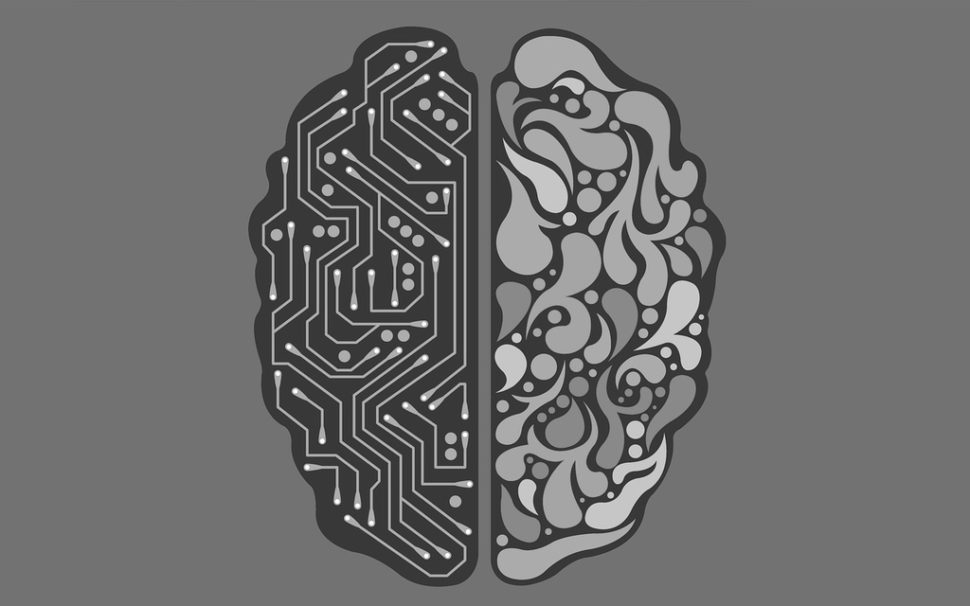A team of neuroscientists just created a mind-reading AI that can read minds with astounding accuracy.
Welcome to the 21st century! The era where science-fiction is rapidly turning into reality.
To add to the ever-growing list of inventions straight out of science fiction, psychologists from the University of Toronto Scarborough have recently developed a mind-reading AI technology.
According to reports, this artificial intelligence can recreate images seen by a human based on their brain activity collected by electroencephalogram (EEG) sensors.
Sound familiar?
Well, if you’re a fan of the sci-fi British anthology TV series Black Mirror, the AI-powered technology closely resembles the one featured in the episode Crocodile.
In Crocodile, an insurance investigator peeks inside the head of potential witnesses using a button-like AI-powered device. The small device enables the investigator to see through the memories of the witnesses by projecting images to a separate display machine.
You probably get the picture now. It’s a highly sophisticated technology that we only see on our television screens. That was, until now.
By using advanced mapping techniques, the researchers were able to extract data from a person’s brain and convert it into useful information. That includes reconstructions of facial images in your head.
Researchers from the University of Toronto Scarborough (@UTSC) have reportedly created a mind-reading #AI technology that could reconstruct images of people you've seen into digital images.Click To TweetThe Mind-Reading AI Technology
During the experiment, the researchers hooked up their subjects to an EEG brainwave-reading machine and were shown images of faces.
The team reportedly fed a neural network huge numbers of people’s faces and taught it to spot characteristics and patterns in each photo.
Then, the machine learned how to determine and distinguish these characteristics from one another. With this platform, it was then taught by the researchers to match it with brain activities recorded by the EEG scans while the subjects are looking at the faces.

The mind-reading AI technology then analyzed the information gathered from the experiment and used it to recreate the images stored in the subjects’ minds digitally.
“When we see something, our brain creates a mental percept, which is essentially a mental impression of that thing. We were able to capture this percept using EEG to get a direct illustration of what’s happening in the brain during this process,” Dan Nemrodov, a postdoctoral fellow at the University of Toronto Scarborough, said.
This is not the first time that scientists have used neuroimaging techniques to reconstruct images based on visual stimuli. However, this is the first time that the images were created using EEG data. Previous studies were conducted using functional MRI technology which measures activities in the brain through blood flow changes.
Using EEG to recreate digital images based on brain activities is known to be far more portable, cost-efficient, and can produce greater levels of detail in milliseconds.
What are the Applications of This Mind-Reading AI?
The researchers believe that their mind-reading AI could one day be used in law enforcement to provide more accurate eyewitness reports about potential suspects’ semblance. To date, most of this suspected criminal information is still being relayed to sketch artists through verbal descriptions.
It might also be used to help people with verbal communication difficulties by visually reconstructing their thoughts at any given time. This may include memories and imagination to enable them to better express themselves.
The mind-reading AI is, naturally, not as sophisticated as the one showcased in Black Mirror. However, with more developments, the researchers believe that it could one day reach memories hidden inside our brains and play them like a video.
The researchers are hoping to improve their work and move beyond faces to explore the possibility of accurately recreating images of other objects. The team’s study was published in the journal eNeuro.



















Comments (0)
Most Recent